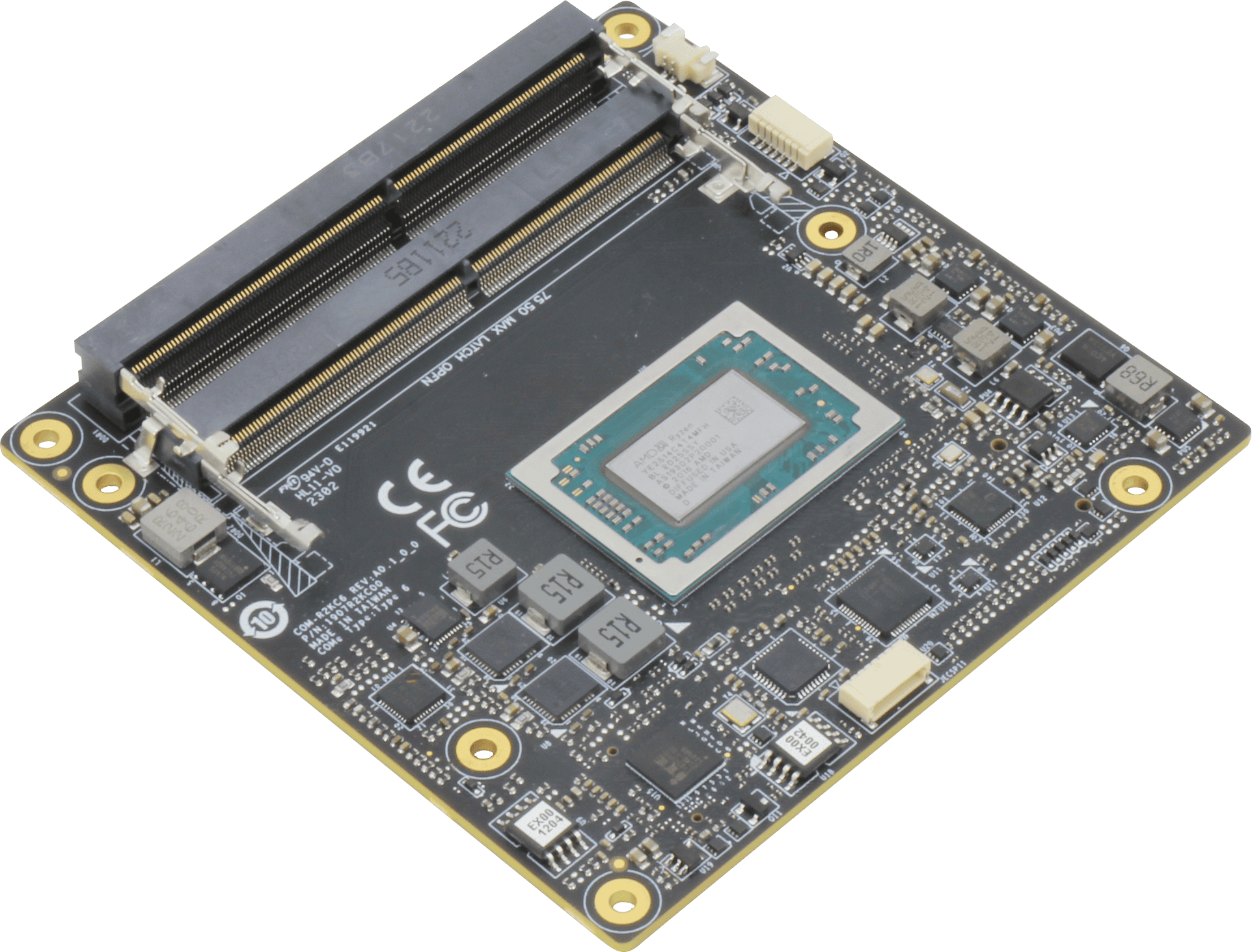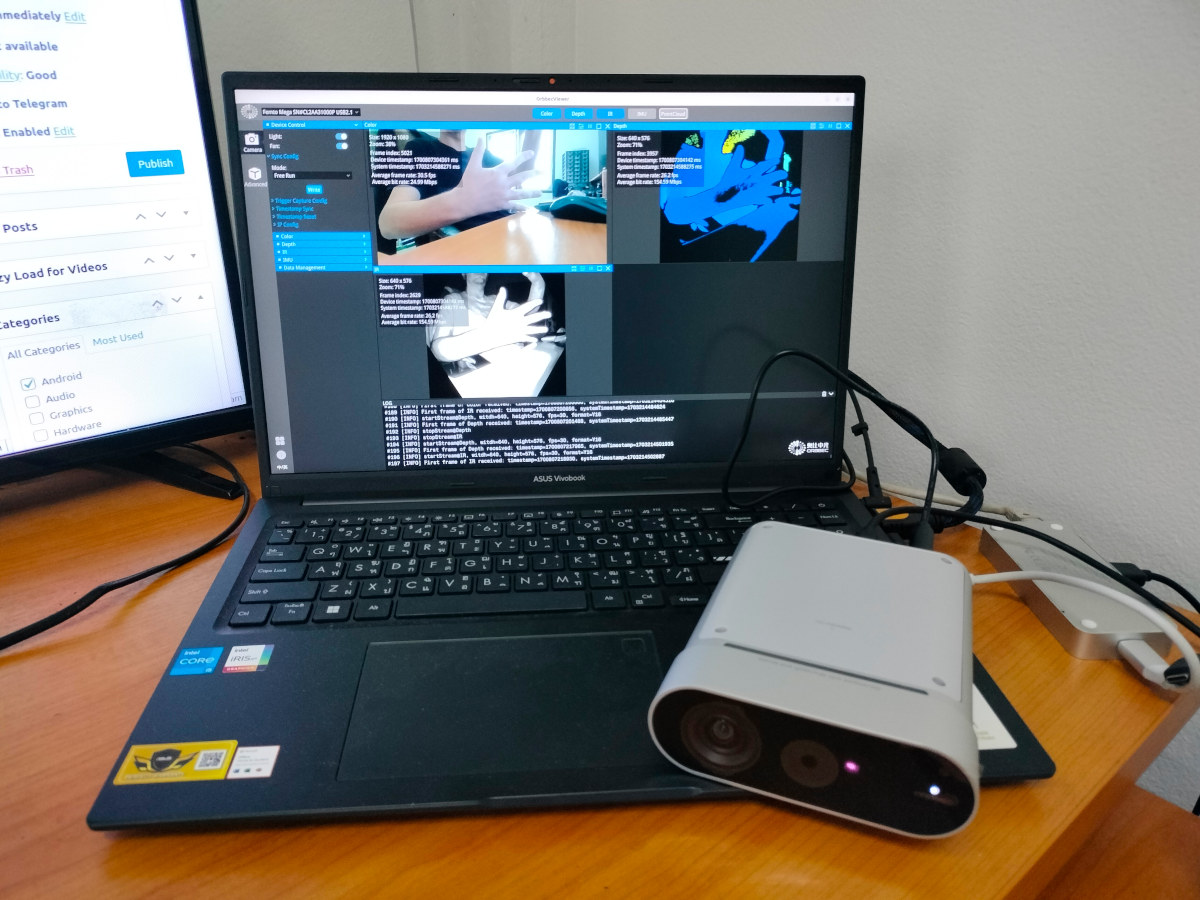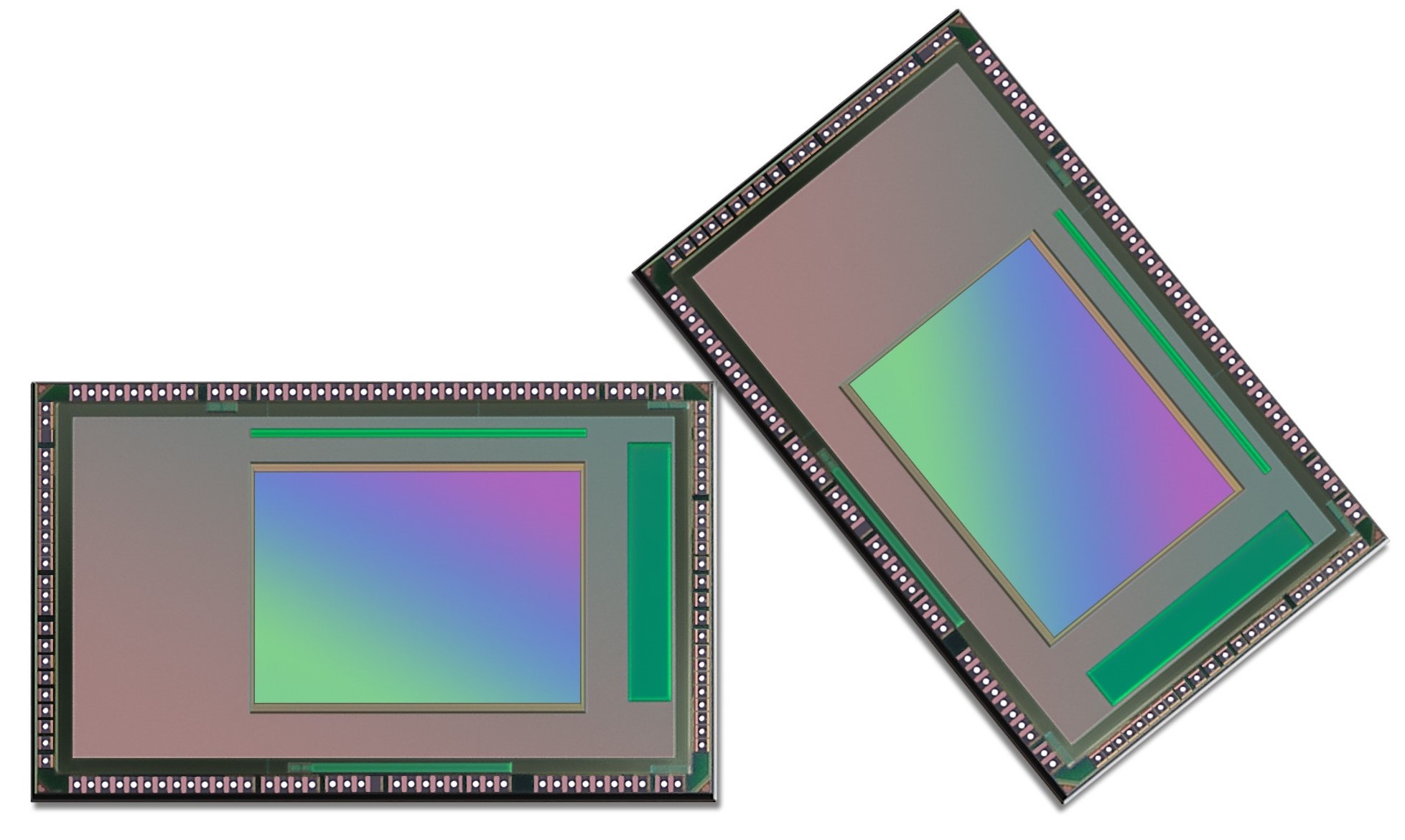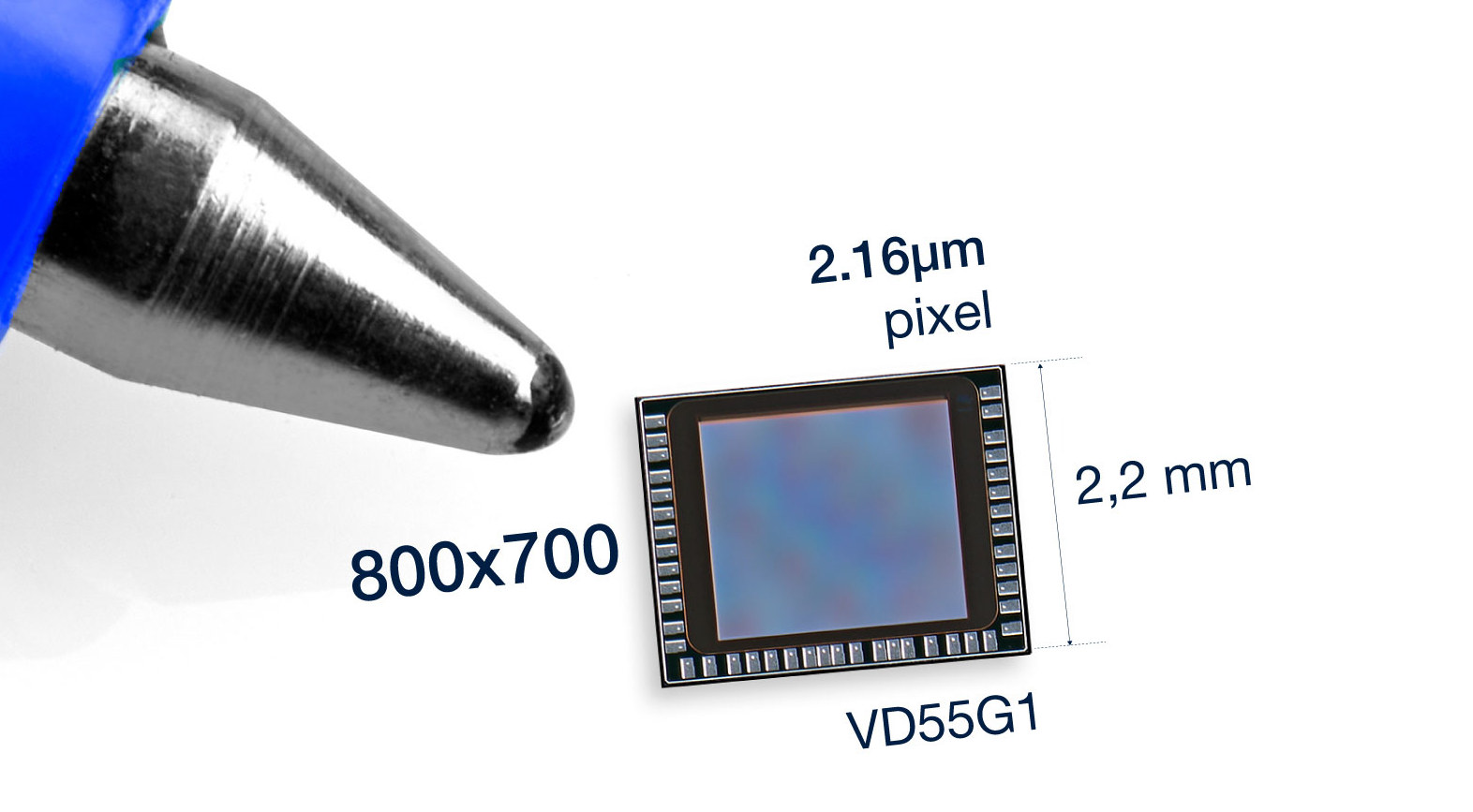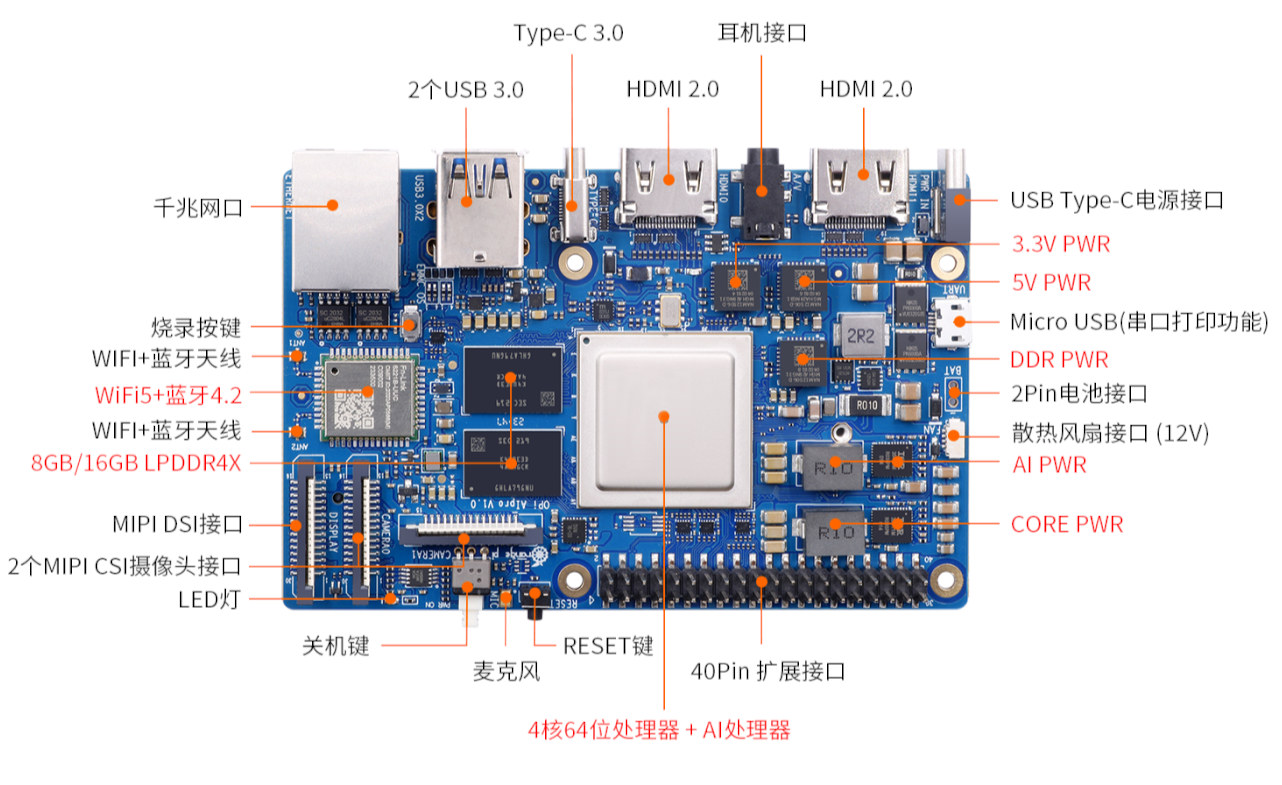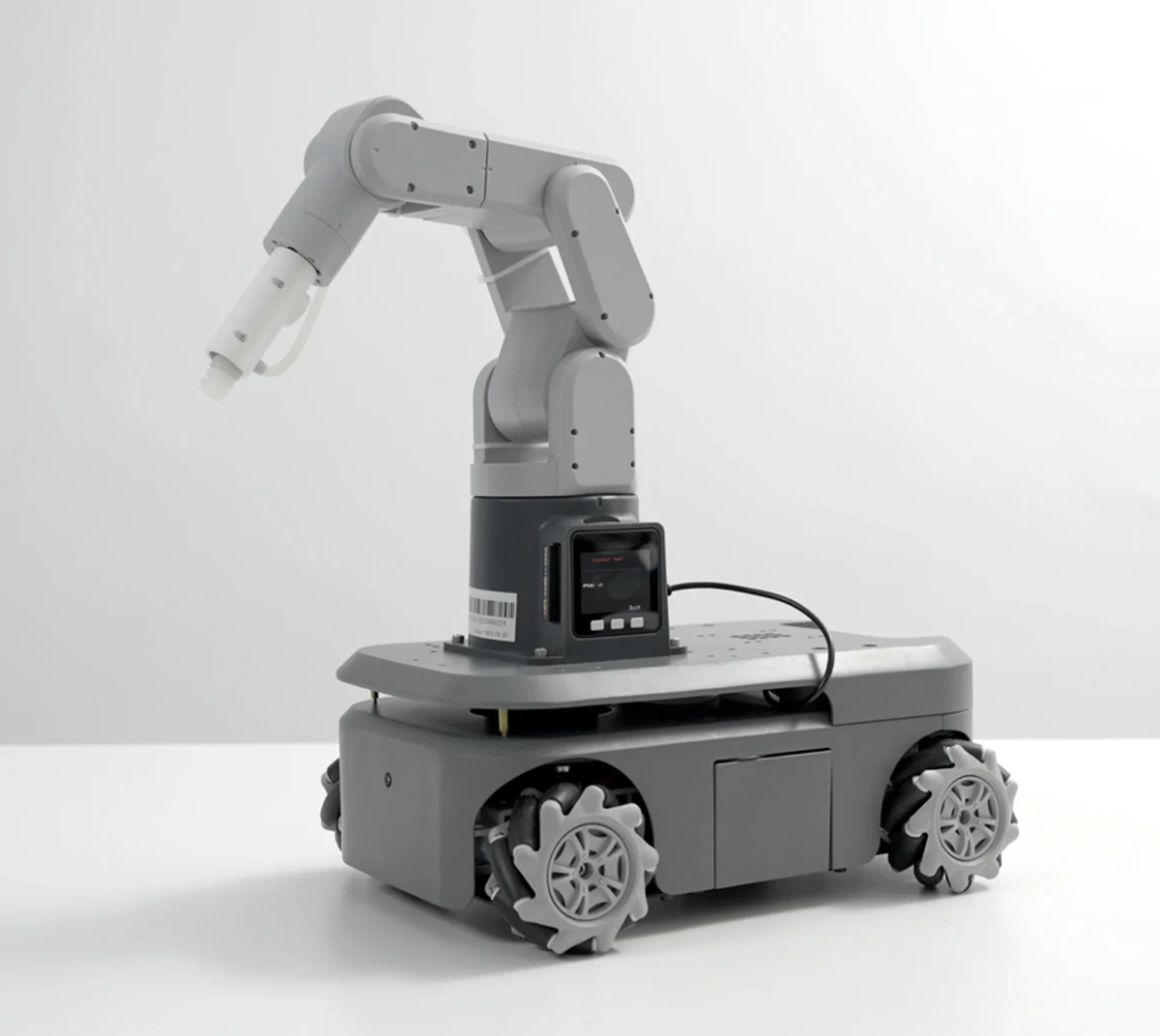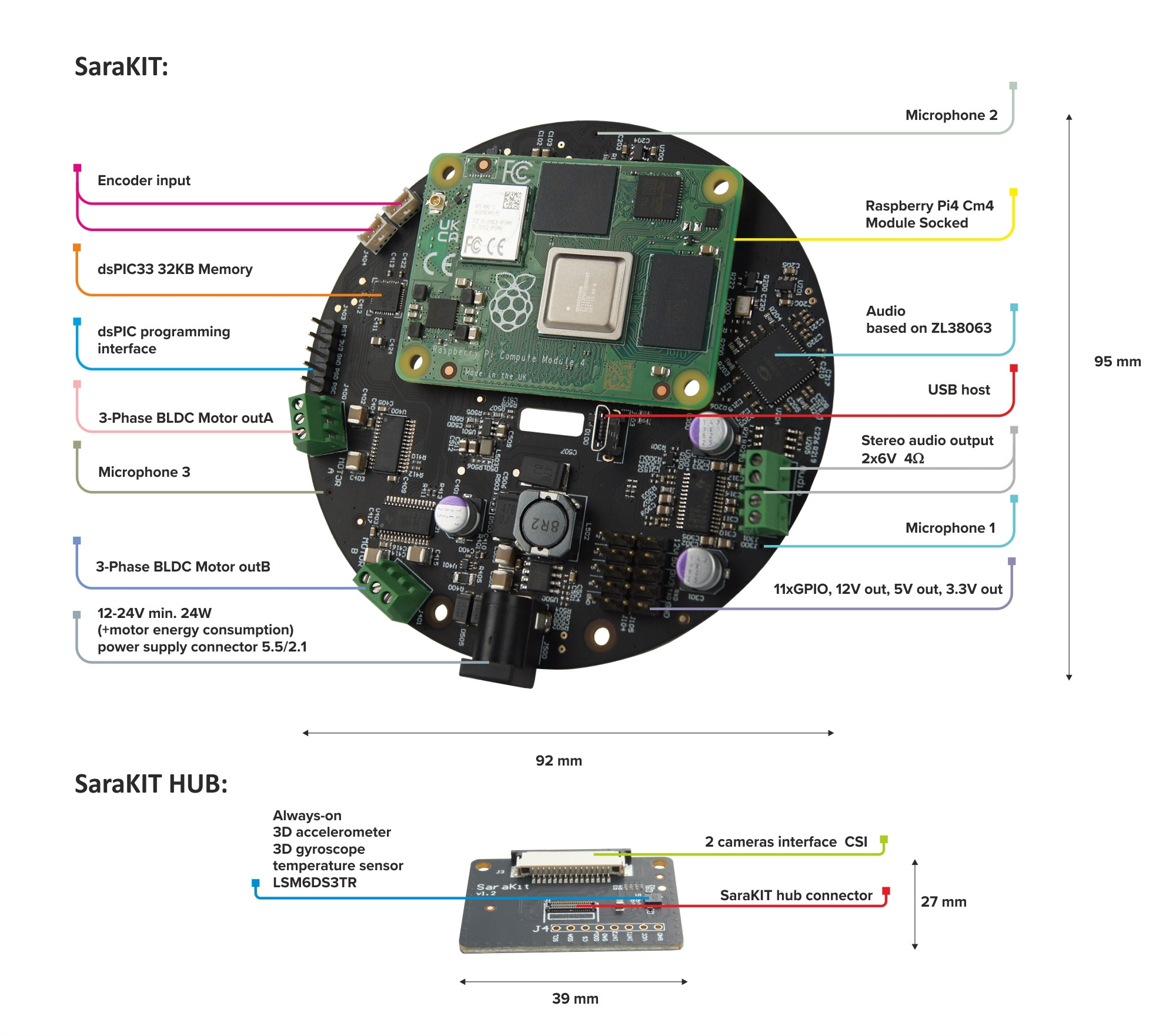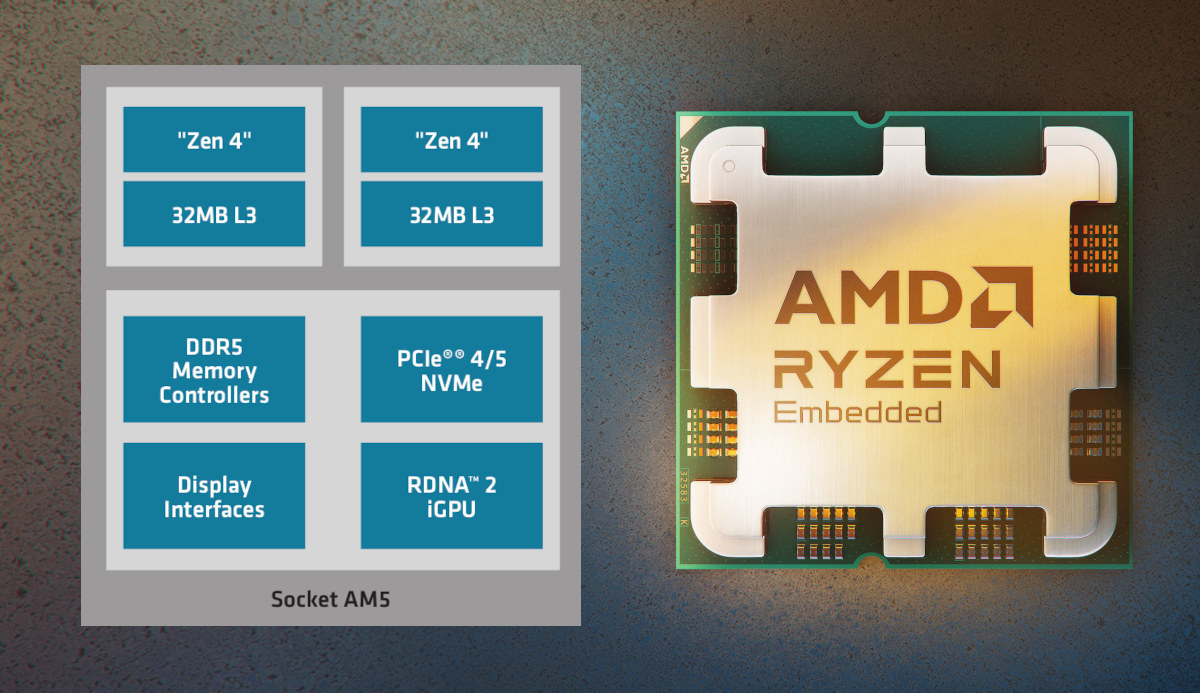AAEON, a Taiwan-based hardware manufacturer, has released the COM-R2KC6, a new COM Express module in the Type 6 compact form factor. This computer-on-module board is the first COM Express module to feature AMD’s mid-range processor series, the Ryzen Embedded R2000 series. The R2KC6 will be sold with an R2000 CPU, with TDP ranging from 15W to 45W and up to 4 cores and 8 threads (4C/8T). The R2000 SoCs provide up to two times the I/O connectivity and CPU core count of their R-series predecessors. Relatedly, ADLINK recently announced a COM Express Type 7 module based on AMD’s Ryzen Embedded V3000 processor. The COM-R2KC6 supports four simultaneous 4K displays through an embedded DisplayPort (eDP) connector and three Digital Display Interface (DDI) connectors. This means the integrated AMD Radeon Vega 8 graphics card can be used to its maximum potential. Additional graphics support is available through the board’s PEG x4 slot. […]
Orbbec Femto Mega 3D depth camera review – Part 1: Unboxing, teardown, and first try
Orbbec sent us a Femto Mega 4K RGB and 3D depth and camera for review. The camera is powered by an NVIDIA Jetson Nano module, features Microsoft ToF technology, and outputs RGB, TOF, and IR data through a USB-C port or a gigabit Ethernet port. I’ll start the two-part with an unboxing, a teardown, and a quick try with the OrbbecViewer program on Ubuntu 22.04 in the first part of the review because checking out the software and SDK in more detail in the second part later on. Femto Mega depth and RGB camera unboxing I received the camera in a cardboard package showing the camera model and key features: “ORBBEC Femto Mega DEPTH+RGB CAMERA”. The package’s content is comprised of a USB-C cable to connect to the host, the camera, and a 12V/2A power adapter. The front side of the camera features the RGB camera sensor, the TOF (Time-of-Flight) […]
Samsung announces ISOCELL Vizion 63D and Vizion 931 sensors for robotics and extended reality applications
Samsung Electronics, the world’s second-largest technology company by revenue, has introduced two new camera sensors in its ISOCELL Vizion lineup, the Vizion 63D and the Vizion 931. The Vizion 63D is the world’s first indirect time-of-flight (iToF) sensor with an integrated depth-sensing image signal processor (ISP) according to the company, and is tailored for capturing high-resolution 3D images. The Vizion 931 is a global shutter sensor that has been optimized to capture rapid motion without visible distortion. The 63D is an indirect time-of-flight sensor that measures the phase shift between emitted and reflected light and uses this measurement to construct a 3D map of its surroundings. It features an integrated image-signal processor that performs depth sensing and can reportedly process images at up to 60 frames per second in QVGA resolution (320×240). Vizion 63D captures images at a pixel size of 3.5 µm (the industry’s smallest in iToF sensors, according […]
STMicro VD55G1 – A small, low-power global shutter I3C camera sensor for computer vision
STMicro VD55G1 is a new global shutter I3C camera sensor with a small die size of 2.7 x 2.2 mm, 804 x 704 pixels native resolution, and consuming about 1mW in its ‘always-on’ autonomous mode to wake up the host when motion is detected. Camera sensors are available with rolling or global shutter, with most from the former type, but as we’ve seen in our reviews of the e-Con Systems See3CAM_24CUG (USB 3.1) and the Raspberry Pi Global Shutter (MIPI CSI) global shutter cameras, the latter is much better we capturing moving objects clearly at high frame rates with fewer artifacts than with rolling cameras. The VD55G1 global shutter sensor will also benefit from the same advantage but is offered in a smaller package working over MIPI CSI and/or I3C, making it suitable for devices with small batteries used in applications such as eye tracking or motion estimation. STMicro VD55G1 […]
Orange Pi AIPro SBC features a 20 TOPS Huawei Ascend AI SoC
Orange Pi AIPro is a new single board computer for AI applications that features a new (and unnamed) Huawei Ascend AI quad-core 64-bit processor delivering up to 20 TOPS (INT8) or 8 TOPS (FP16) of AI inference performance. The SBC comes with up to 16GB LPDDR4X and a 512Mbit SPI flash but also supports other storage options such as a microSD card, an eMMC flash module, and/or an M.2 NVMe or SATA SSD. The board also features two HDMI 2.0 ports, one MIPI DSI connector, and an AV port for video output, two MIPI CSI camera interfaces, Gigabit Ethernet and WiFi 5 connectivity, a few USB ports, and a 40-pin GPIO header for expansion. Orange Pi AIPro specifications: SoC – Huawei Ascend quad-core 64-bit (I’d assume RISC-V) processor delivering up to 20 TOPS (INT8) or 8TOPS (FP16) AI performance and equipped with an unnamed 3D GPU System Memory – 8GB […]
myAGV 2023 four-wheel mobile robot ships with Raspberry Pi 4 or Jetson Nano
Elephant Robotics myAGV 2023 is a 4-wheel mobile robot available with either Raspberry Pi 4 Model B SBC or NVIDIA Jetson Nano B01 developer kit, and it supports five different types of robotic arms to cater to various use cases. Compared to the previous generation myAGV robot, the 2023 model is fitted with high-performance planetary brushless DC motors, supports vacuum placement control, can take a backup battery, handles large payloads up to 5 kg, and integrates customizable LED lighting at the rear. myAGV 2023 specifications: Control board Pi model – Raspberry Pi 4B with 2GB RAM Jetson Nano model – NVIDIA Jetson Nano B01 with 4GB RAM Wheels – 4x Mecanuum wheels Motor – Planetary brushless DC motor Maximum linear speed – 0.9m/s Maximum Payload – 5 kg Video Output Pi model – 2x micro HDMI ports Jetson Nano model – HDMI and DisplayPort video outputs Camera Pi model – […]
SaraKIT – An Raspberry Pi CM4 board with ChatGPT-based voice control, motor control, and plenty of sensors (Crowdfunding)
SaraKIT is a carrier board for the Raspberry Pi CM4 system-on-module with BLDC motor controllers and a range of sensors for robotics, support for ChatGPT-based voice control through three microphones and a ZL38063 audio chip, and two MIPI CSI connectors for cameras. The versatile board can be used for voice-controlled products, robots, home automation systems, and interfacing with smart home or office devices. The company also developed various demos such as a Smartphone-controlled LEGO RC car, a self-balancing LEGO robot, a pan-and-tilt camera, various AI demos using MediaPipe such as face tracking and object detection, as well as audio demos using ChatGPT, Alexa, and/or Google Home. SaraKIT specifications: Support system-on-modules – Raspberry Pi Compute Module 4 (CM4) with future CM5 compatibility. MCU – Microchip dsPIC33 16-bit microcontroller with 32 KB SRAM for motor control and LSM6DS3TR sensor Audio Microchip ZL38063 (previously MicroSemi) audio processor for microphone arrays. 3x Knowles SPH0655 […]
AMD Ryzen Embedded 7000 Zen 4 SoC integrates Radeon RDNA 2 graphics, up to 28 lanes of PCIe 5 connectivity
AMD Ryzen Embedded 7000 Series is a new “Zen 4” processor with integrated Radeon RDNA 2 graphics designed for high-performance embedded systems targetting industrial automation, machine vision, robotics, and edge servers. The last two Ryzen Embedded families from AMD, namely the Ryzen Embedded V3000 and Ryzen Embedded 5000, mostly targeted headless networking and storage applications since the processors lacked any 3D GPU. But the new Ryzen Embedded 7000 processors bring back graphics with a Radeon RDNA 2 GPU clocked at up to 2.2 GHz and also come with up to 12 Zen4 cores clocked at up to 5.4 GHz, and feature up to 28 lanes of PCIe 5 connectivity. Ryzen Embedded 7000 Series specifications: CPU – Up to 12-core/24-thread “Zen 4” processor GPU – Radeon RDNA 2 graphics 1WGP @ 2.2GHz max with support for AV1/VP9 decode, H.264/HEVC decode/cncode Cache – Up to 1MB L2 cache/Core, up to 32MB L3 […]


